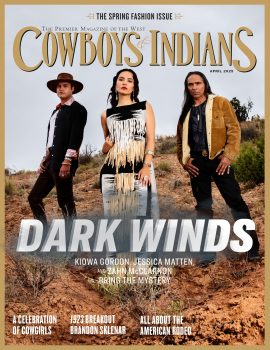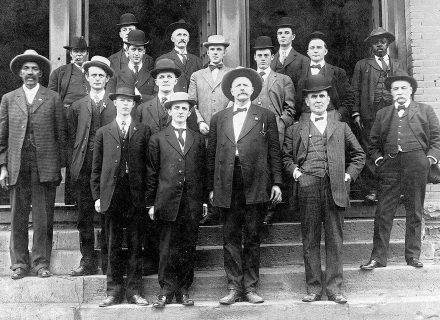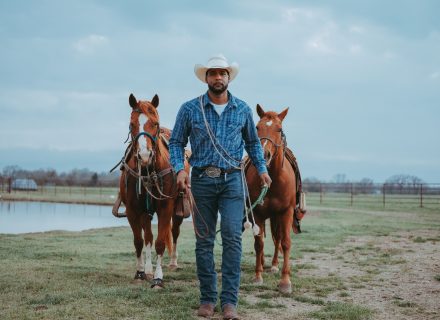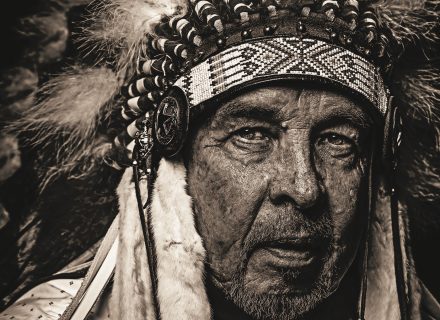Fort Worth’s National Multicultural Western Heritage Museum moves beyond grade-school history to unveil the West’s underappreciated trailblazers.
Gloria Austin recalls feeling uneasy during her history lessons in grade school on the heels of the Civil Rights movement, while attending school in Brownwood, Texas. Despite receiving cultural education and enlightenment from her mother (who encouraged education and self-awareness,) the area churches, and the community in which she grew up, she noticed that there was only one era or subject in which people whose skin tone resembled hers were prominently mentioned during those mid-’60s lessons — the Civil War. However, there was no mention of African Americans or people of multicultural descent involved in the settling of the western United States. No acknowledgement of rodeo or agricultural lifestyles, or early settlers who lived a Western lifestyle in Texas or other states across the country. The local school textbooks during those days also did not include any information about the now-famed Buffalo Soldiers and Tuskegee Airmen.
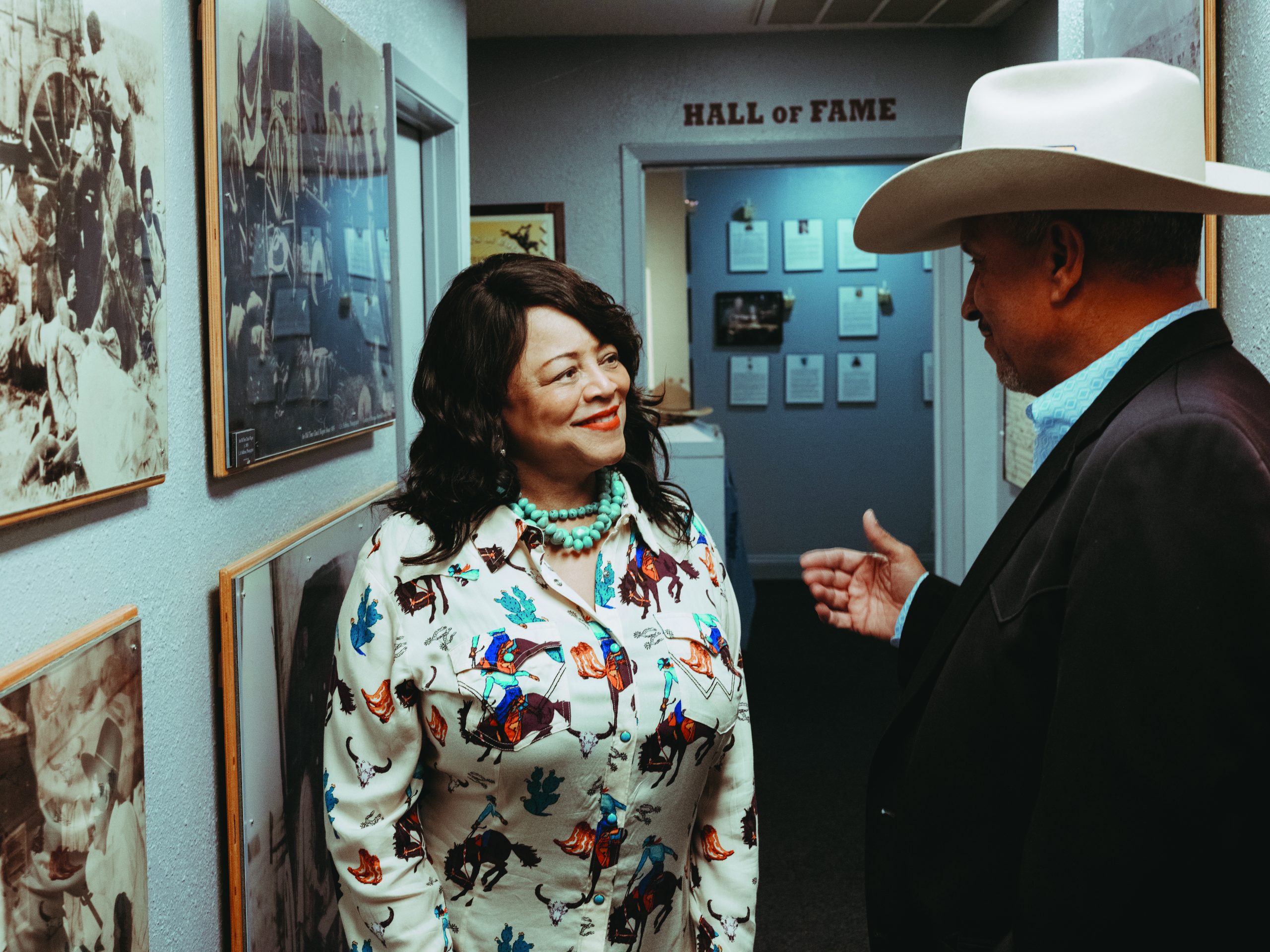 Gloria and Jim Austin, founders of Fort Worth's National Multicultural Western Heritage Museum (PHOTOGRAPHY: Ivan McClellan, Courtesy eightsecs.com).
Gloria and Jim Austin, founders of Fort Worth's National Multicultural Western Heritage Museum (PHOTOGRAPHY: Ivan McClellan, Courtesy eightsecs.com).
It wasn’t until her adulthood that her work in the nonprofit sector inspired her to dive into corners of history where she began to find stories and information that would fill her with pride. She learned about the many positive contributions and accomplishments of individuals of different cultural backgrounds, circumstances, and situations made in the settling of the early western United States. Her research would lead her to excavate forgotten stories of the Buffalo Soldiers, the first peacetime United States Army regiment composed mostly of African Americans. One of the legendary men lived and made numerous contributions to the community in her hometown.
“If I had known about the Buffalo Soldiers in detail, all the contributions that they made . . . if it had been something that I had been learning about in school, that would have made a difference in how I felt about my involvement in school when required to write essays and reports highlighting a historical person or event,” Gloria says. “I would have felt more included in U.S. history, and it would have given me something else to motivate me to do more research as a young student.” The oversight was indicative of an unnecessary educational travesty that affected many generations that were common in the times and the location upon where she grew up. Gloria and her husband, Fort Worth real estate broker James N. Austin, Jr., (professionally known as Jim Austin) took it upon themselves to help turn the tides regarding multicultural history and education.
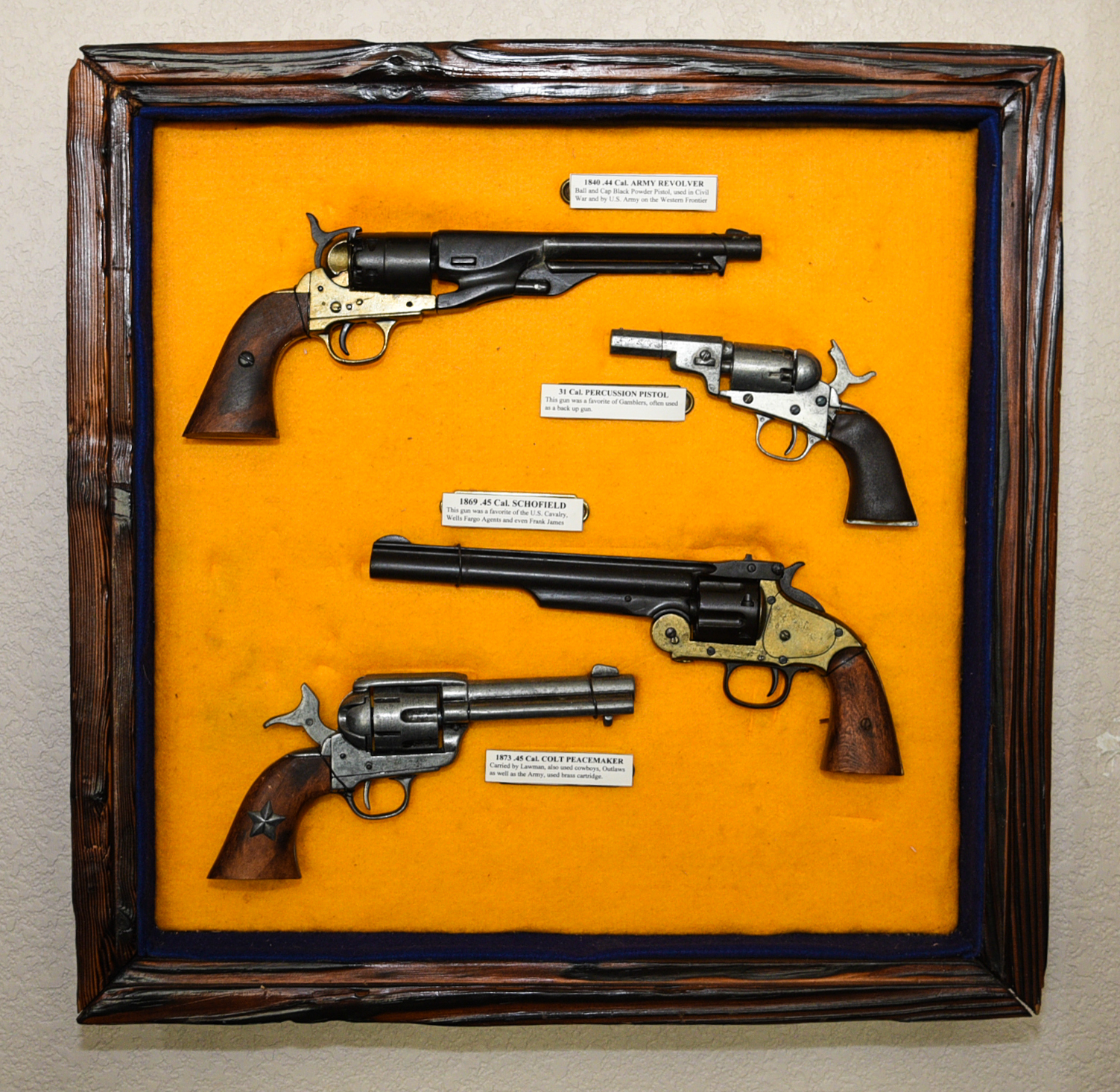 The museum's wide-ranging collection includes historic firearms from the Civil War and Wild West eras (PHOTOGRAPHY: Courtesy Jim and Gloria Austin).
The museum's wide-ranging collection includes historic firearms from the Civil War and Wild West eras (PHOTOGRAPHY: Courtesy Jim and Gloria Austin).
In 2001, the Austins founded the National Cowboys of Color Museum and Hall of Fame, a nonprofit museum located in Fort Worth, Texas, that would eventually be renamed in 2008 to better describe the historical information that it had always included. The National Multicultural Western Heritage Museum now stands as a centralized hub whose collection expands upon the romanticized historical perspective of the Old West. It could be considered a patchwork of history blending the contributions of African, Hispanic, Native, Asian, and European Americans. Gloria has served as the museum’s executive director since inception. “What we’re talking about is an American story,” she says. “It’s not only a Black story. It’s not only a Hispanic story. It’s not only a Native American story. We are America. It’s an American story, so this is a part of American history.”
The museum, which moved earlier this year from the Fort Worth Stockyards to a 2,800-square-foot space east of downtown Fort Worth, houses permanent exhibitions on the Buffalo Soldiers, Tuskegee Airmen, Black cowboys, Native American traditions, vaquero culture, and more. The collections are designed to bring awareness, positivity, and pride, pulled together from donated items, museum acquisitions, documents, artwork, and photography. “Kids need to know this history because you can’t know where you’re going unless you know where you came from,” Jim says.
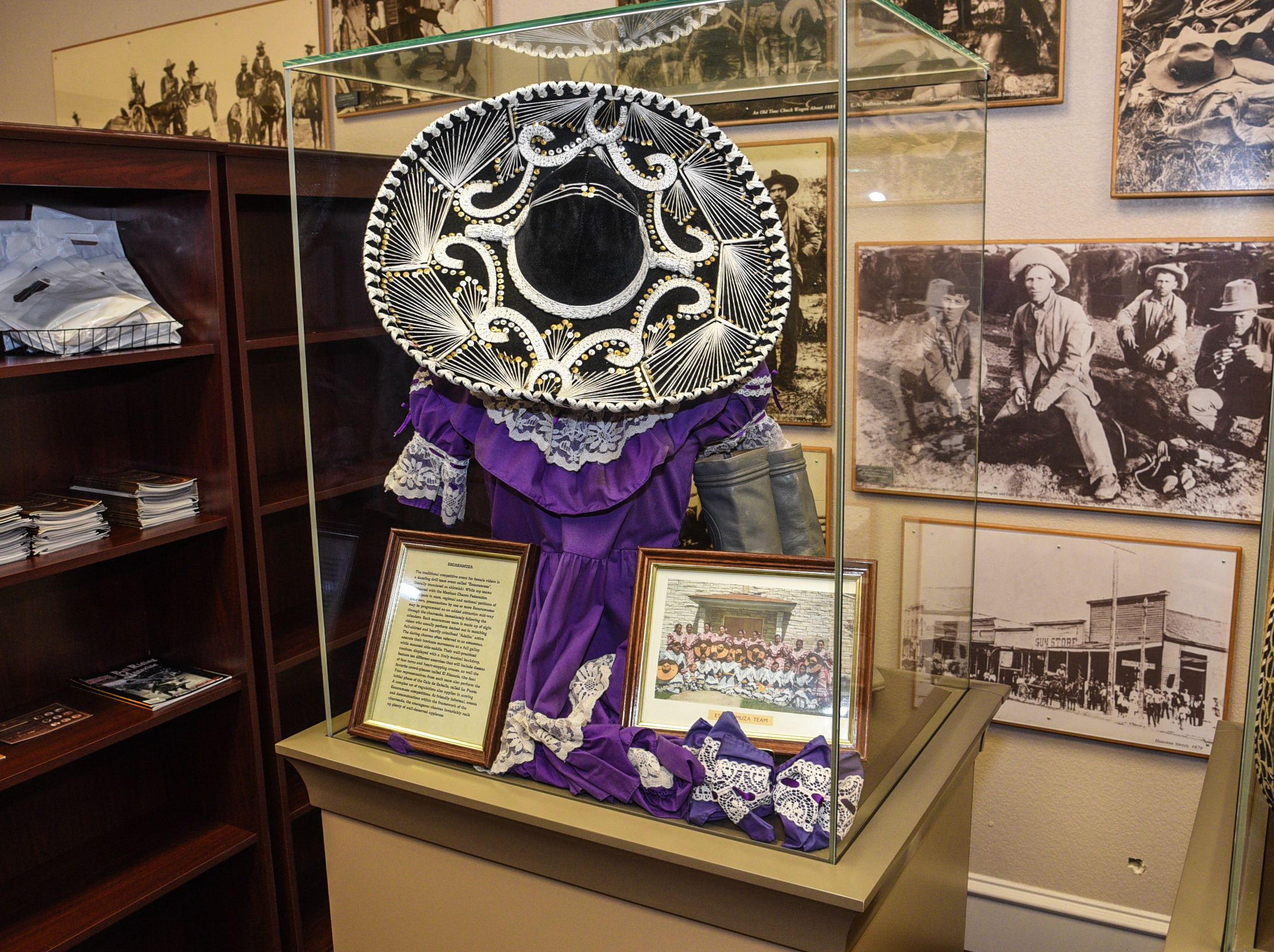 Items such as this escaramuza outfit help to educate visitors on Western cultural traditions (PHOTOGRAPHY: Courtesy Jim and Gloria Austin).
Items such as this escaramuza outfit help to educate visitors on Western cultural traditions (PHOTOGRAPHY: Courtesy Jim and Gloria Austin).
Among the special items to be found in the museum’s collection: a saddle that belonged to 8-time Professional Rodeo Cowboy Association World Champion Fred Whitfield and one that belonged to Charles Sampson, the first African American professional rodeo world champion. A shrine to rodeo legend Bill Pickett features a photograph of him at the historic 101 Ranch Wild West Show, a keepsake ticket, and a paycheck.
“This information should be more easily accessible because everybody’s not going to have the time to go and dig for all these things,” Gloria says. “Western history is something that people all over the world have a great love affair for.”
Their most significant and valuable piece, Jim says, is an original watercolor painting by Buck Taylor, titled “One of Three,” commissioned by Chevrolet for the museum. The image portrays three cowboys of different ethnicities mounted on horses on a range. It speaks to the Austins’ mission of inclusivity in education and history.
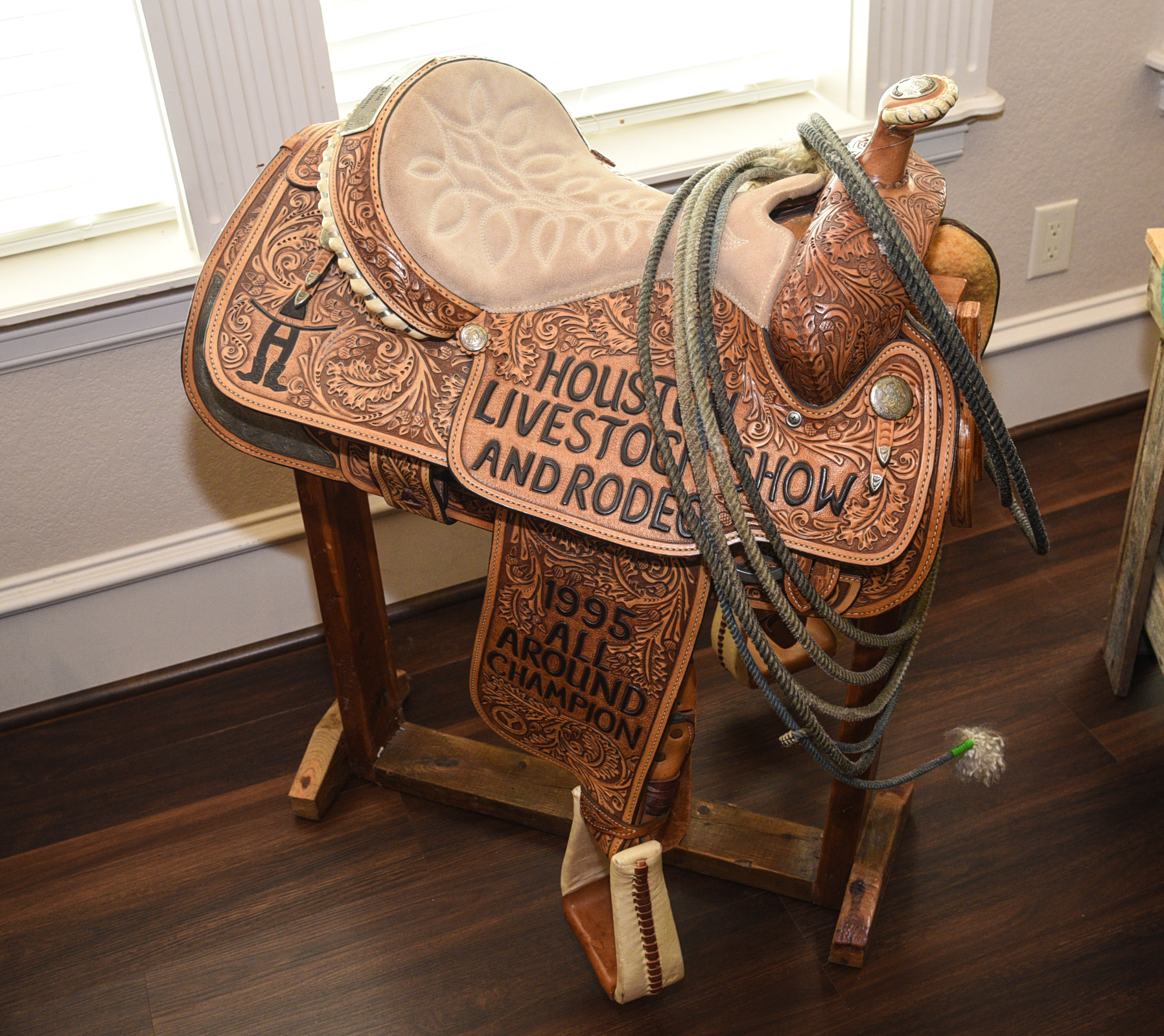 A saddle from a Houston Livestock Show and Rodeo championship (PHOTOGRAPHY: Courtesy Jim and Gloria Austin).
A saddle from a Houston Livestock Show and Rodeo championship (PHOTOGRAPHY: Courtesy Jim and Gloria Austin).
More than simply curating and collecting, the museum actively honors and celebrates important figures in culture and history. Since 2003, the National Multicultural Western Heritage Museum’s Hall of Fame has given national exposure to overlooked stories of those who have pioneered and persevered on the frontier. Its annual inductees become part of a public, living encyclopedia of Western heritage.
The nomination process requires the submission of a biography with supporting documentation that is factchecked by an induction selection committee. Inductees range from the more widely recognized — the U.S. Marshal Bass Reeves was named in 2006 — and then there are those whose stories have gained greater exposure through their recognition in the Hall of Fame. Lawson Daniel Gratz, a Tenth United States Calvary serviceman from 1867 to 1875, was inducted last year. He was nominated by descendants.
“I had never heard of him, even in researching the Buffalo Soldiers,” Gloria says. “There’s still so much factual information out there that we have yet to hear about.”
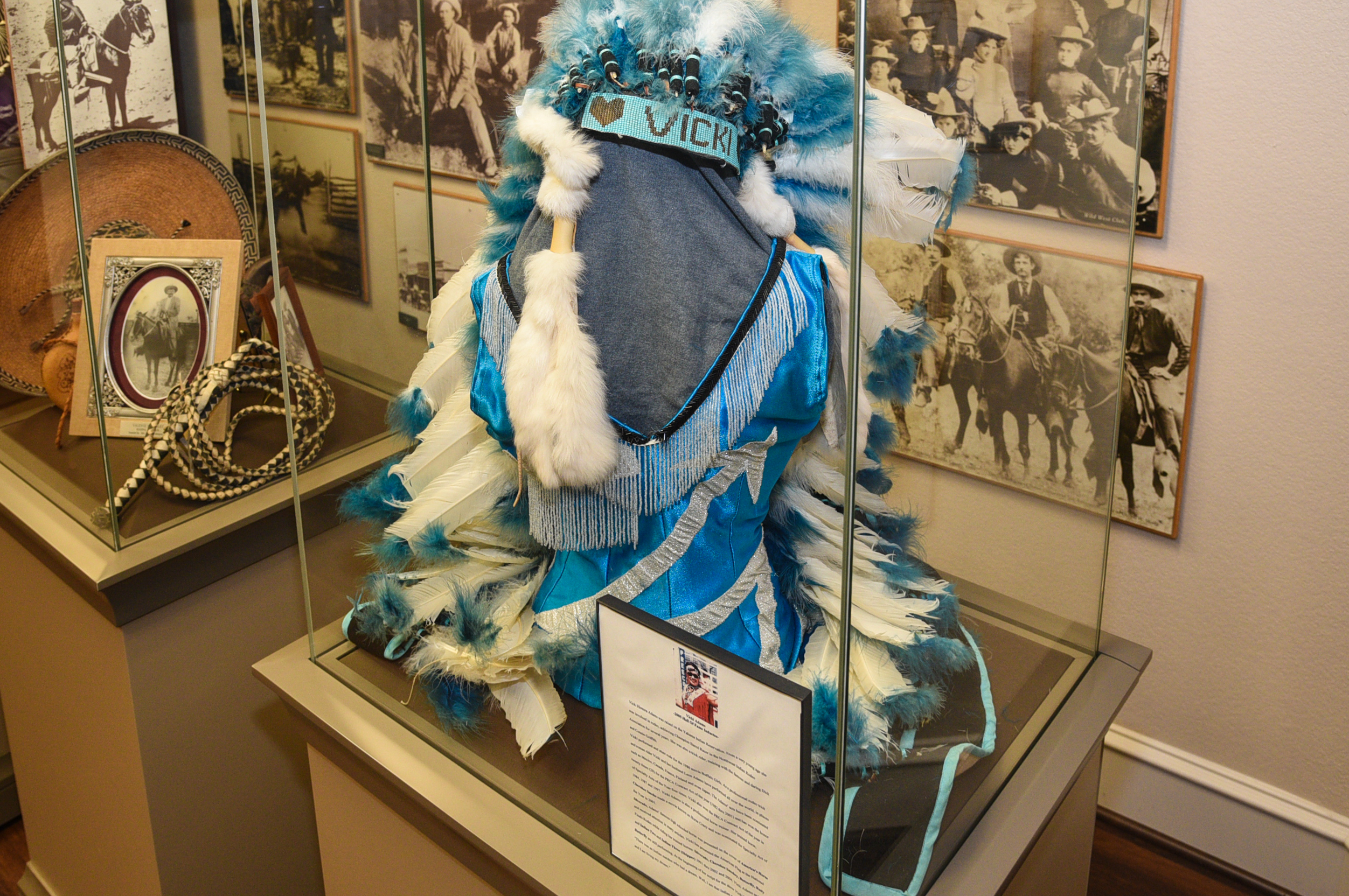 Items honoring Hall of Fame inductee Vicki Adams (PHOTOGRAPHY: Courtesy Jim and Gloria Austin).
Items honoring Hall of Fame inductee Vicki Adams (PHOTOGRAPHY: Courtesy Jim and Gloria Austin).
The milestone 20th Hall of Fame induction ceremony and banquet gala is scheduled for July 27 at The Worthington Renaissance Fort Worth Hotel. This year, Gloria’s and Jim’s decades of research and discovery will be recognized as they join the hall’s ranks. Their present-day work will be cemented in history for generations. “We are all actively creating history every day in our lives, and history will be what we as people make it,” Gloria says. “Whatever we’re doing now, one day, some people will be talking about it.”
Find out more about the National Multicultural Western Heritage Museum and Hall of Fame by visiting nmwhm.org.
From our July 2024 issue.













